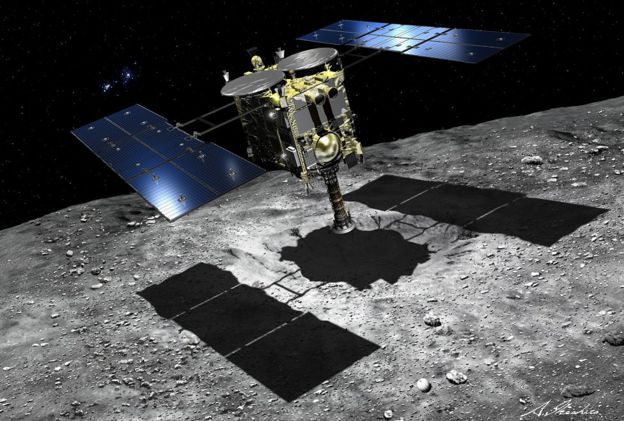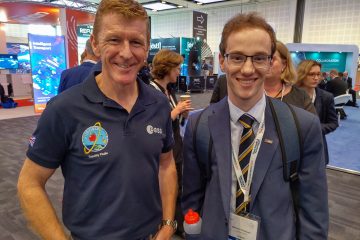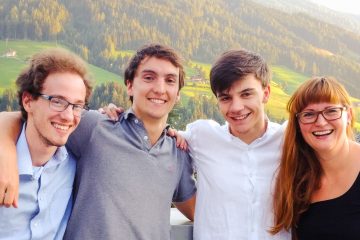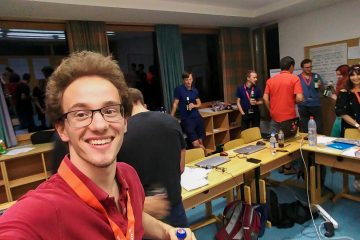The Friday of the Alpbach Summer School began with a lecture on mission analysis tools by Marcus Hallman, the Chief Mission Analyst at the DLR. This gave a good insight into different trajectories to get to small bodies around the solar system.
It was followed by a sampling technology lecture by Michele Lavagna from the Politecnico di Milano. This focussed on the different ways that the teams’ missions could retrieve their samples from their targets, and, like many of the other lectures, used the Japanese Hayabusa mission as a case study.

Hayabusa2 sampling asteroid Ryugu © JAXA / Akihiro Ikeshita
The final lecture of the day, before lunch, came from Andrew Ball from ESA, on system engineering and technology. This told us all about the various systems of a spacecraft and how the design process ties these all together. It also emphasised the critical role of a systems engineer in maintaining an overview of all the systems and making sure they can all operate together.
After lunch, it was time to dive back into the workshop, where we were sharply focussed on preparing for the mission objectives and observations requirements review at 16:30. This, the first review of the summer school, checked that we had a good science case for our mission and knew what requirements our instruments had so we could start designing the rest of the spacecraft around them.
Our review revealed several holes in our science case that needed addressing regarding the deuterium/hydrogen or D/H ratio that we would investigate at the asteroid as well as our target’s suspiciously high albedo (reflectivity to light) that led one of the experts to suspect that it wasn’t a D-type asteroid at all. As soon as dinner was over, we returned to the School House to crack on with fixing these problems, as the whole mission depended on it.


